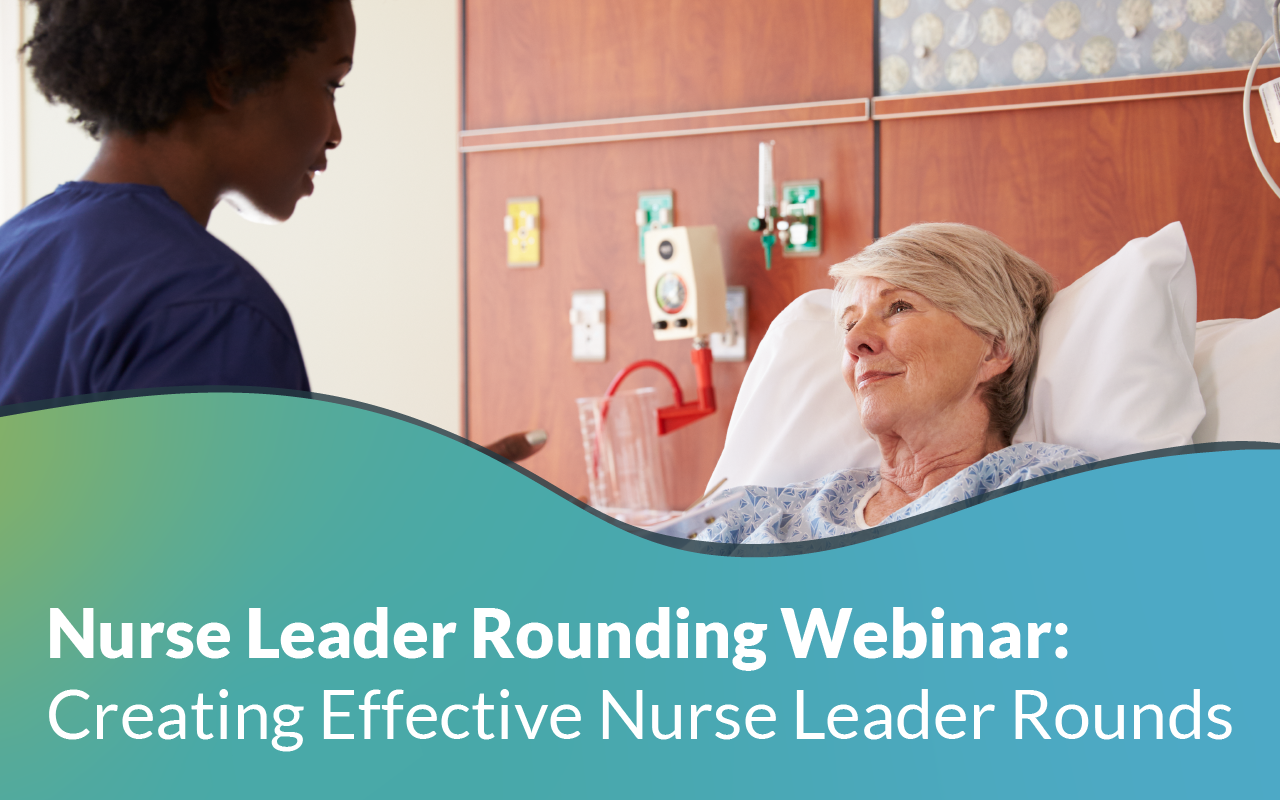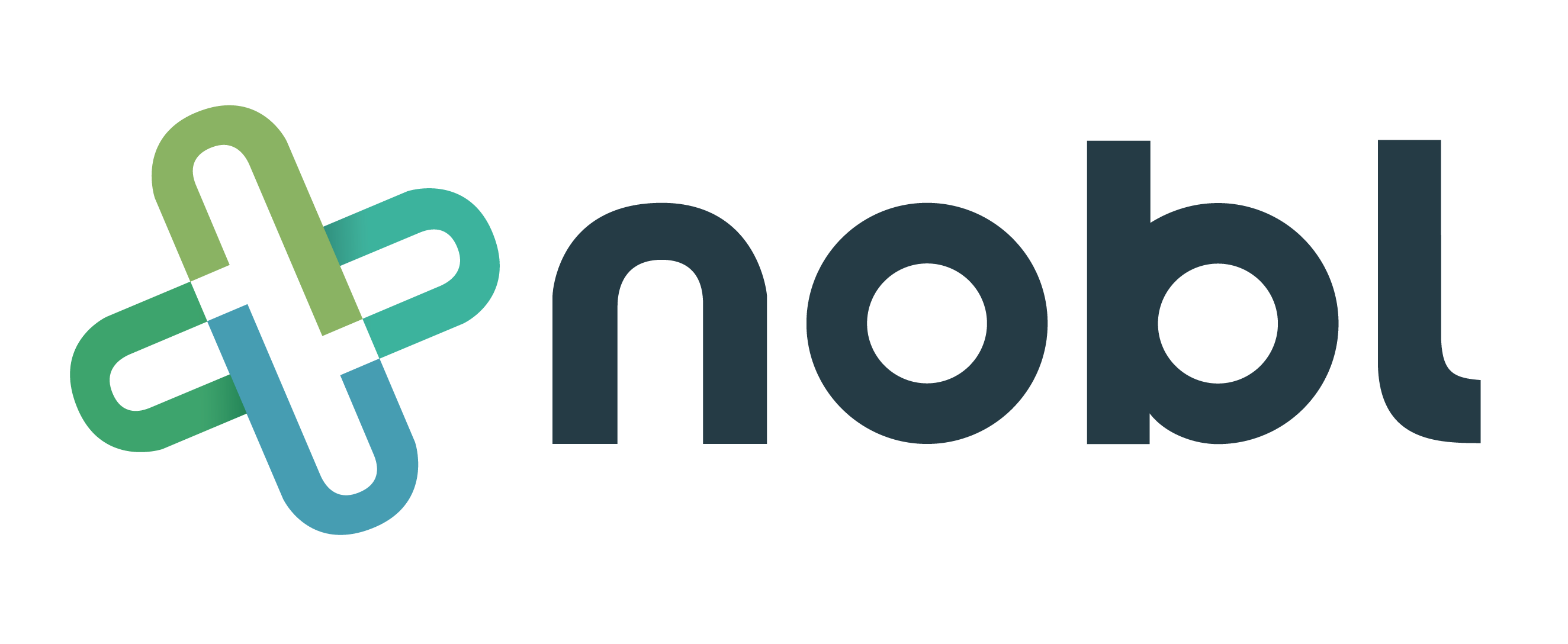
3 min read
3 Considerations for Leadership Rounding on Obstetric Units
Nobl Health Feb 2, 2023 7:40:00 AM
Far too often I see organizations take a one size fits all approach with their leadership rounding practices meaning they set the same expectations and process design across all patient populations. While this may be the quick way to launch leadership rounding It may not yield the results you’re hoping to get, and leaders could become disengaged quickly. Instead, consider each of the areas you have chosen to round on and think about leadership rounding through the patient’s eyes. There are lots of factors to consider when building a leadership rounding program that is best for the patient. Consider what time works best for your patients to get their feedback. Think about what conditions these patients have that may impact their ability to give feedback. Don’t forget to consider the patient’s length of stay and how that will either add complexity to the timing of rounds (short stays) or give you amble opportunity (long length of stays).
One of the units that often gets swept into the inpatient protocols for leadership rounding is the obstetrics or labor and delivery areas. In this blog I am going to talk through 3 considerations for leadership rounding on obstetric units.

1. Get specific on exactly the kind of patients that are on the unit
Not all obstetric units look the same. Organizations may have OB units that do antepartum, labor, delivery and postpartum all in the same room the entire time. While other hospitals may have specific units for each of the obstetric conditions. So why does this matter for leadership rounding? My advice is straightforward; if the patient is in active labor leadership rounding to gauge their experience is not appropriate. If the leader wants to do a welcome round to the unit to set expectations and orient them then that should take place before active labor. Both types of rounds should be documented and tracked in your rounding software.
With this as our guiding principle, hospitals with a dedicated labor/delivery unit should not include this in their scope for leadership rounding. However, if these rooms also support antepartum patients, who are often in the hospital for longer lengths of stay, then I would include them in your scope but only for those patients that are antepartum. Antepartum leadership rounding can be a good way to establish the precedent of rounding, get early feedback, and intervene if issues arise early in their stay. You can continue to round on the mother once they are transferred to a postpartum or recovery room. Triage zones or rooms on the labor and delivery unit are typically a clinical decision type area where the patient is then transferred either to labor and delivery or sent home. Typically, you wouldn’t round on obstetric triage areas either until the mother is antepartum admitted or postpartum.

2. Timing is everything
The most common reason for a leadership round on patients is to gather and act on patient feedback and childbirth often heightens one’s desires for a certain experience. These patients come into the hospital with a vision for how they want their experience to be so leader rounding can be a great opportunity for the unit leader to connect with the patient about how we meet their needs and if we satisfied their experience. Typically, you only have 2 days after the birth before the patient is discharged so it’s critical to round on the patient within 24 hrs of being postpartum. It’s important to round by assignment and talk with the patient’s nurse ahead of time to understand where they are at in the recovery process and how long they have been on the postpartum unit. In the Nobl Rounding Platform, the rounding list will show you when they were admitted or transferred from labor and delivery so you can easily identify this information from the software.

3. Ask about HCAHPS key drivers and unit initiatives
Structure the rounding conversation around your HCAHPS key drivers for NRC or Priority Index for Press Ganey, unit initiatives and overall experience. When looking at your HCAHPS key drivers, look at the questions that are below the 50th percentile and have the highest correlation to overall rating. It important to note that while you’re rounding on them in postpartum their experience is more likely to be about the birthing process while on labor and delivery so try to balance asking questions about both areas they have been during their inpatient stay.
As with every unit, postpartum has key initiatives and things they are working on as a unit to improve outside of HCAHPS scores. Perhaps your organization is a Baby-Friendly hospital and so the round includes some questions regarding key areas that make up this designation? If your organization offers newborn photos or other patient experience enhancements leadership rounding can be a great time to remind and offer these to the patient.
Obstetric units frequently see first time hospital patients and they most likely chose your hospital for a certain reason. These patients have a unique experience at your organization and are often loyal to the brand when their experience is positive. Leadership rounding is important on these units and with a structured process can help your team understand what is working well on the unit and opportunities to improve.
Learn more about other best practices for leadership rounding on patients.
Written by:
Katie Haifley, CPXP
Co-founder and COO/CMO
New Free eBook
Best Practices for Sharing and Reviewing Data from the Nobl Rounding Platform
Beryl Institute Case study
Improved First Impressions at Your Front Door - Patient Ambassador Rounders Enhance the Patient Experience of a Busy Emergency Department
Recent Posts

Five Key Factors to Consider in Pediatric Leadership Rounding


